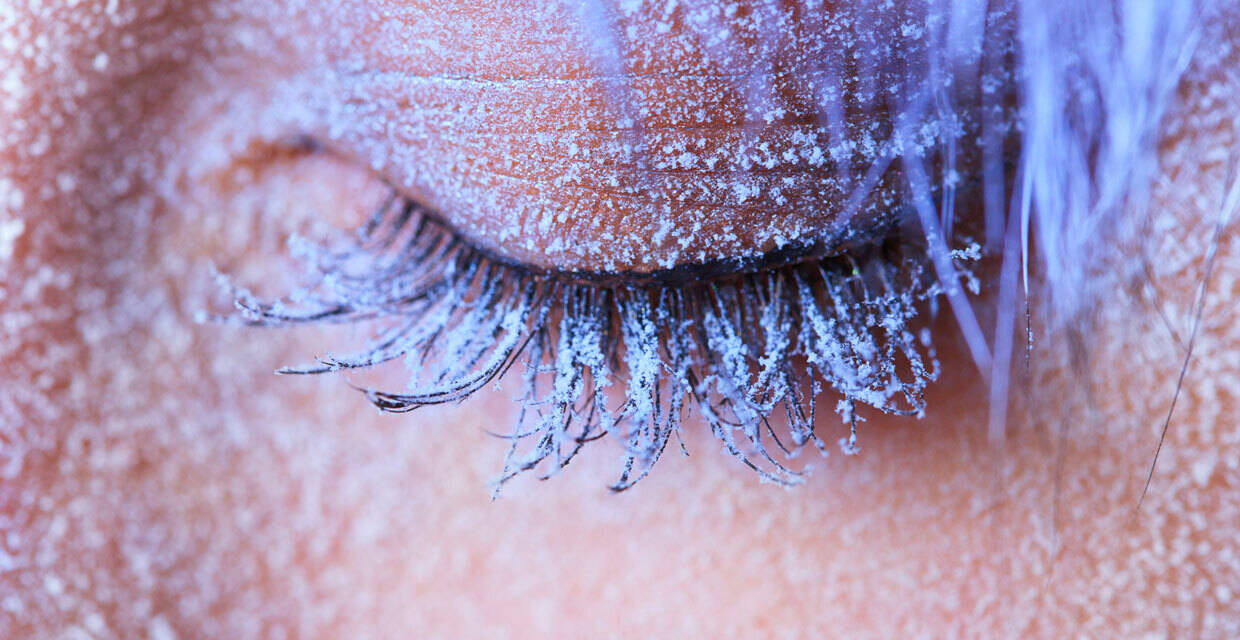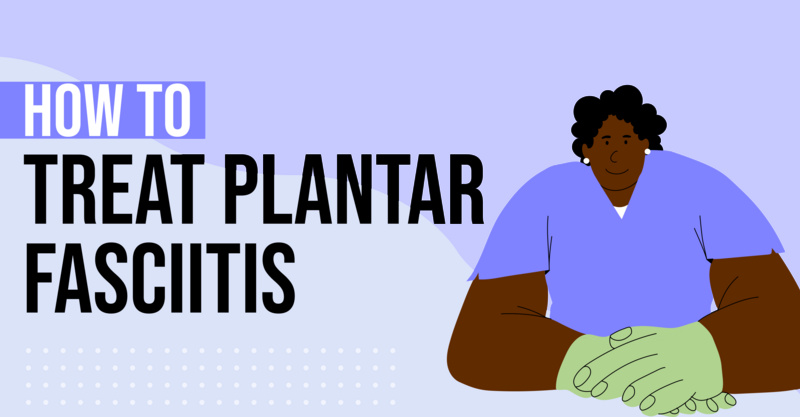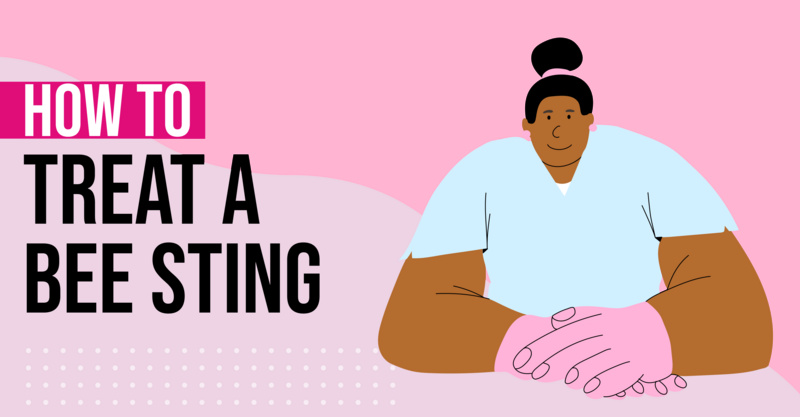Key Points
- Frostbite occurs when the fluid in your cells freezes due to cold exposure, with 30,000 Americans hospitalized annually due to frostbite and hypothermia. It's crucial to recognize and prevent frostbite, especially if you partake in outdoor winter activities.
- Frostbite commonly affects the nose, cheeks, ears, hands, and feet. Preventive measures include wearing warm clothing, using chemical heat packs in extreme cold, and avoiding alcohol. Children and the elderly are particularly at risk and should limit their time outdoors.
- Initial symptoms of frostbite include a prickly sensation and numbness in the affected area, progressing to skin discoloration and blister formation. Advanced stages can result in a waxy, yellowish-gray skin color and blood-filled blisters.
- Complications from frostbite can be severe, including permanent numbness, nerve damage, frostbite arthritis, and gangrene. Conditions leading to frostbite can also cause hypothermia, which can be fatal.
- If you have frostbite, it's important to get out of the cold immediately and seek medical help. Do not attempt to reheat the frostbitten area on your own as it can worsen tissue damage and lead to shock. Prevention is the best defense against frostbite.
Frostbite happens when the fluid in and between your cells crystallizes and freezes from exposure to cold. Frostbite and its companion hypothermia send about 30,000 Americans to the hospital every year. If you enjoy outdoor winter activities, you should understand how to recognize and prevent frostbite.
Related: Accident Prone: Common Winter Accidents [INFOGRAPHIC]
Prevention
Frostbite typically affects the nose, cheeks, ears, hands and feet, so it's important to wear warm mittens, socks and caps, and to cover your nose and face with a scarf in extreme cold. Chemical heat packs for hands and feet are useful in sub-zero temperatures or if you'll be outdoors for more than 30 minutes.
Children and the elderly are particularly at risk for frostbite and hypothermia, so take extra precautions to keep them warm, and limit their time outdoors. Cold, wet clothes increase the risk of frostbite, so change often, or go inside if your clothes are wet. Pay attention to the wind chill factor, which is heavy winds and cold temperatures that can lead to frostbite in just five minutes. Drinking alcohol greatly increases your risk for frostbite, so if you drink, stay indoors.
Related: 6 Tips for Running in the Winter
Signs and Symptoms
The first symptom of frostbite is a painful prickly or tingling sensation in the affected area, which progresses to numbness. The skin gradually turns pale white, and flushes bright red as it warms up. If there is continued exposure to cold, clear blisters may form on the skin, and the affected areas lose all sensation. In its advanced stages, the skin takes on a waxy, yellowish-gray color, and blood-filled blisters may develop.
Complications
Conditions leading to frostbite often lead to hypothermia, which can be fatal. If you have signs of frostbite, it's very important to get inside immediately to prevent hypothermia. Complications from frostbite include permanent numbness and nerve damage, changes to joints and cartilage (frostbite arthritis), and gangrene, or tissue death.
In children, a bad case of frostbite can cause growth defects, especially if the growth plates in bones are involved or infected. Most people who have gotten frostbite once have increased sensitivity to cold, and a higher than average chance of getting frostbite again.
What to Do If You Have Frostbite
If you have frostbite, get out of the cold as soon as possible. Try not to walk if you have frostbitten feet or toes, it increases the chance of long-term damage. Don't massage frostbitten skin, or rub it with snow. The best way to warm frostbitten skin is to loosely cover it with a warm blanket or clothing. Tuck frostbitten fingers into your armpit for gentle rewarming. For more advanced frostbite, don't attempt rewarming on your own because it can be extremely painful. Additionally, improper rewarming can worsen tissue damage and lead to shock. Seek medical help at an urgent care location right away.
Your best defense against
frostbite is prevention. Don't go outdoors in extreme cold or wet
conditions. Dress in several warm, loose layers, and take special
precautions with your face, feet, and hands. Keep emergency cold-weather
first aid supplies like blankets, chemical heat packs, and bandages in
your car or backpack. With a little preparation, you can safely enjoy
your favorite winter activities.
Frequently asked questions
What is frostbite and how does it occur?
Frostbite occurs when the fluid in and between your cells crystallizes and freezes due to exposure to cold. It typically affects the nose, cheeks, ears, hands, and feet.How many Americans are hospitalized due to frostbite and hypothermia each year?
Frostbite and its companion hypothermia send about 30,000 Americans to the hospital every year.What precautions can be taken to prevent frostbite?
To prevent frostbite, it's important to wear warm mittens, socks, and caps, and to cover your nose and face with a scarf in extreme cold. Chemical heat packs can be used for hands and feet in sub-zero temperatures or if you'll be outdoors for more than 30 minutes. Avoiding alcohol and paying attention to the wind chill factor can also help prevent frostbite.Who are at higher risk for frostbite and hypothermia?
Children and the elderly are particularly at risk for frostbite and hypothermia.What are the signs and symptoms of frostbite?
The first symptom of frostbite is a painful prickly or tingling sensation in the affected area, which progresses to numbness. The skin gradually turns pale white, and flushes bright red as it warms up. In its advanced stages, the skin takes on a waxy, yellowish-gray color, and blood-filled blisters may develop.What are the potential complications of frostbite?
Complications from frostbite include permanent numbness and nerve damage, changes to joints and cartilage (frostbite arthritis), and gangrene, or tissue death. In children, a bad case of frostbite can cause growth defects.What should you do if you have frostbite?
If you have frostbite, get out of the cold as soon as possible. Avoid walking if your feet or toes are frostbitten, as it increases the chance of long-term damage. Don't massage frostbitten skin, or rub it with snow. Cover the frostbitten skin loosely with a warm blanket or clothing, or tuck frostbitten fingers into your armpit for gentle rewarming. Seek medical help right away for more advanced cases.What is the best defense against frostbite?
The best defense against frostbite is prevention. Avoid going outdoors in extreme cold or wet conditions, dress in several warm, loose layers, and take special precautions with your face, feet, and hands. Keep emergency cold-weather first aid supplies like blankets, chemical heat packs, and bandages in your car or backpack.










